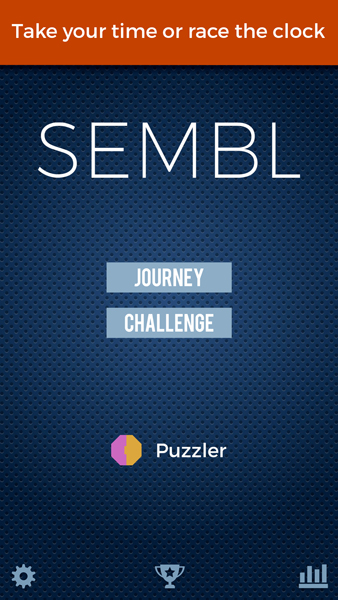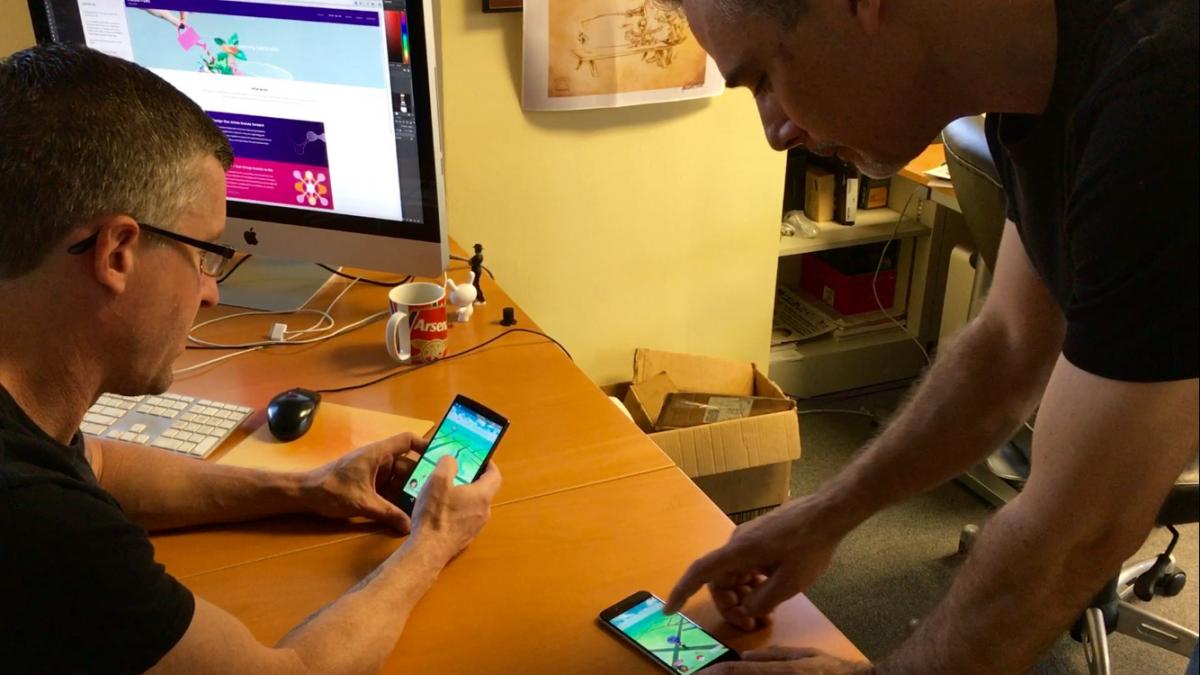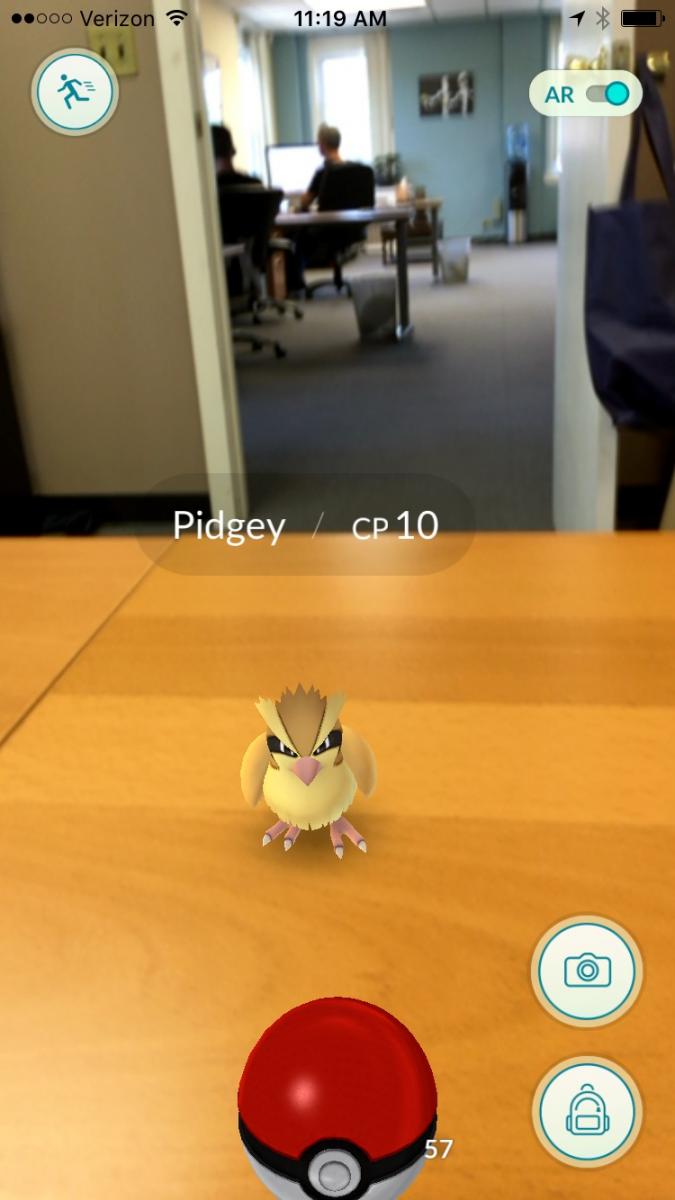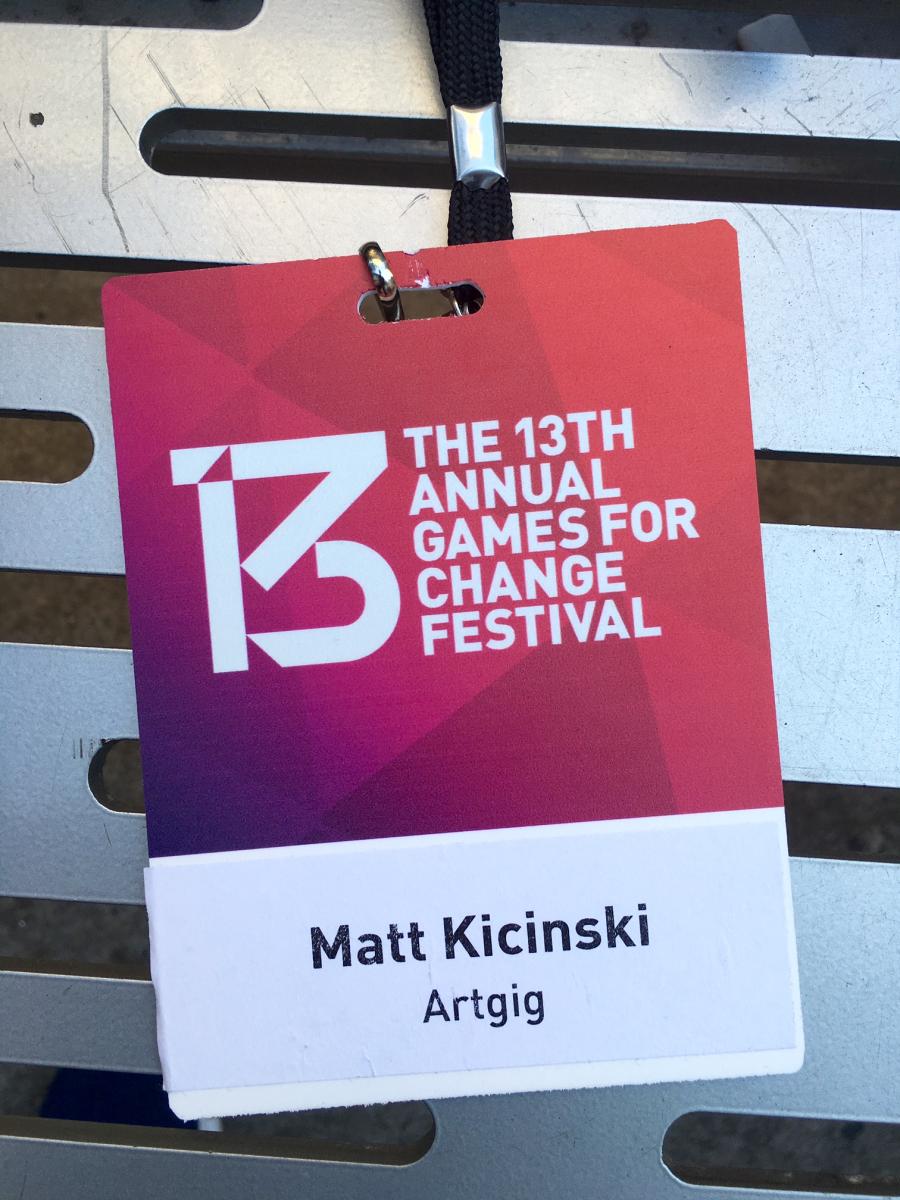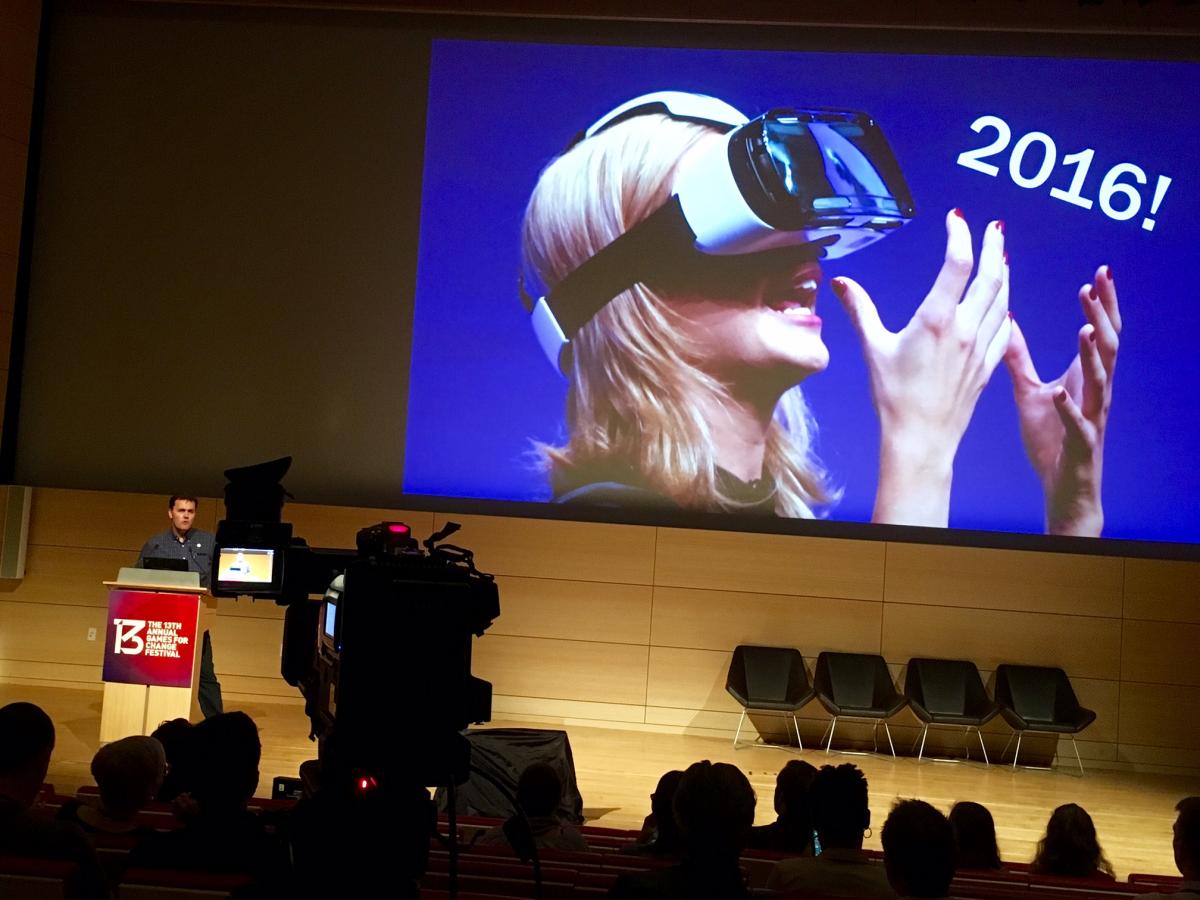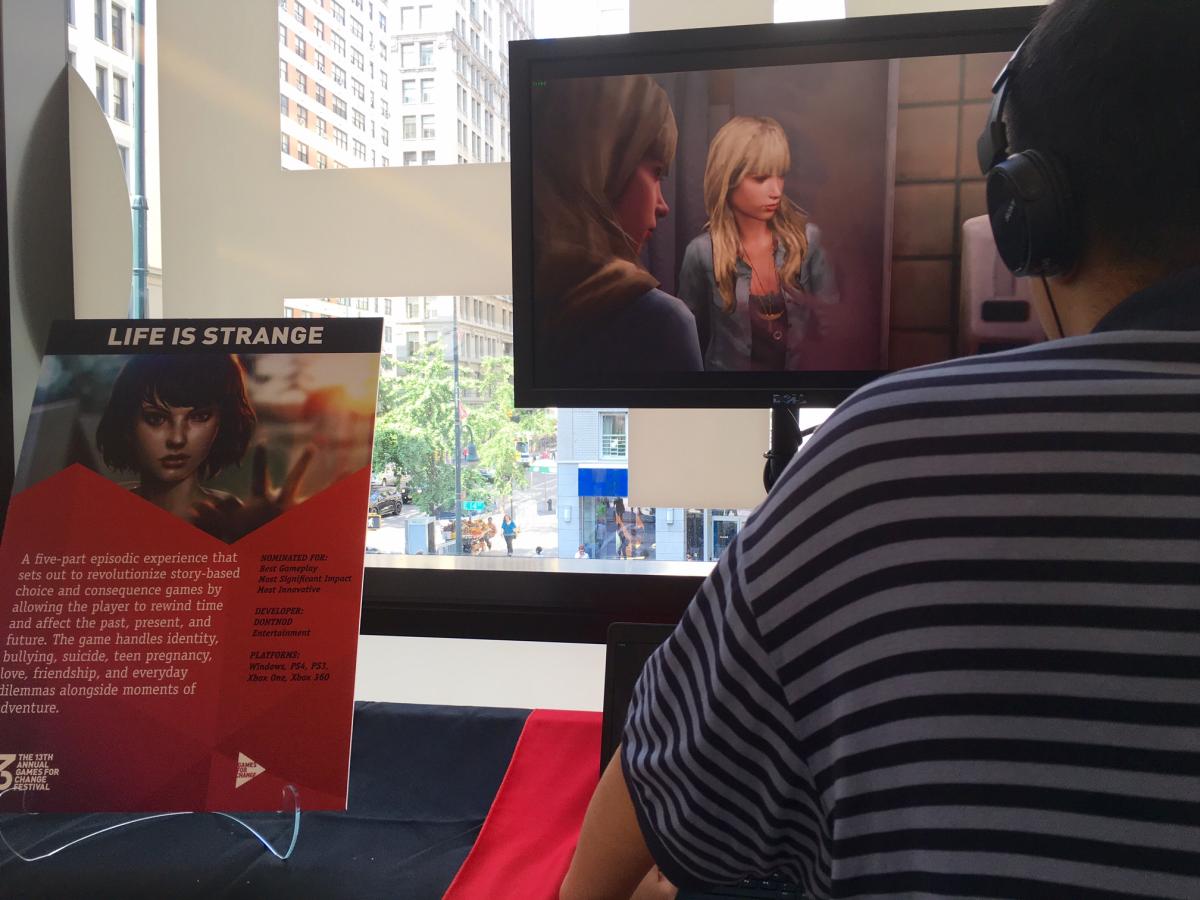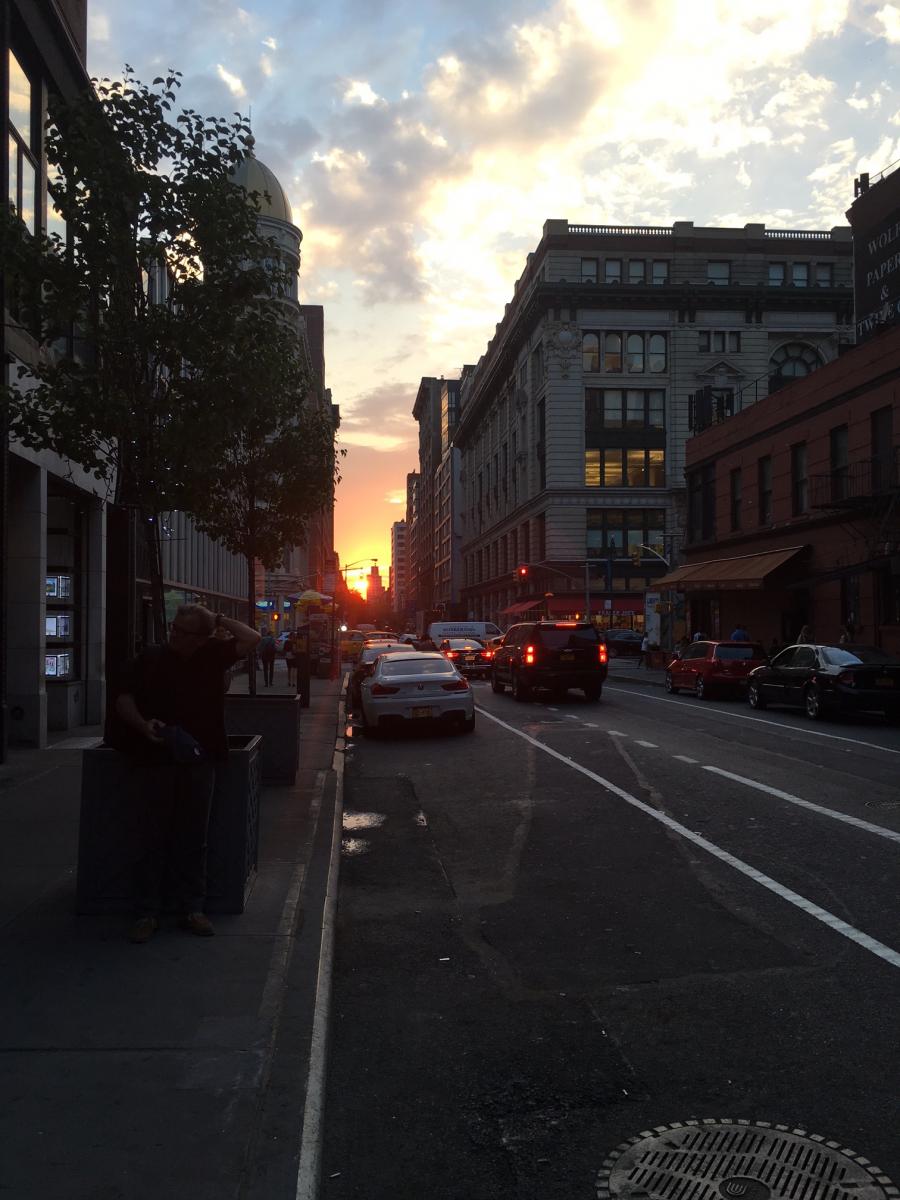The SEMBL Experiment
Fri, Oct. 28 2016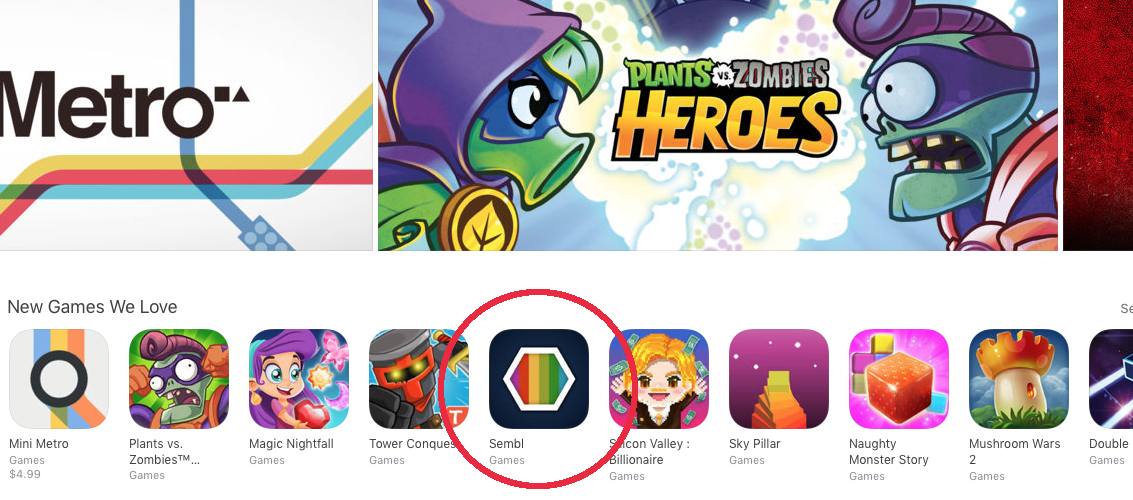
Over the last few years we’ve enjoyed considerable success publishing our own original kids educational games in a pay once and play forever premium business model, but it’s no secret that it’s become increasingly difficult for developers to remain competitive and profitable with this approach. So we decided to conduct a little experiment. We decided our next app would be a casual puzzle game, and that we’d make it for adults. Sure, kids could play the game, but we weren’t going to construct it with an educational goal, or worry about adapting gameplay for different ages and skills; we’d just focus on the game. We pondered the phrase “deceptively simple” and agreed that it summed things up pretty well. And it wasn’t going to be cute - no goofy aliens, no pogo stick riding cows, none of that nonsense. No, this game would be clean, minimalistic and dare I say, sophisticated. Oh, and we’d make it free to play, which meant we’d be wading into the unknown and unholy waters of advertising as a revenue stream. So yeah, we pretty much threw out everything that we were comfortable doing, to make something else.
That something else is SEMBL, and we released it last week.
There are two ways to play SEMBL...
Originally, there was only one way to play SEMBL, the Journey, where you play at your own pace - it’s very low stress and relaxing, assuming you enjoy complicated logic puzzles. We added a second game mode at the urging of our good friend and gaming pro, Pete Vigeant, who goes by @greenghoulie on Twitter. The dude knows games and he turned Sembl inside and out in testing. We found that what Pete really wanted was more stress. So we came up with the Challenge mode where you race the clock in pursuit of bonuses and a high score. In the week before launch, I just hoped that we’d have enough gamers in Game Center to fill a Top 10 list, because there are few things sadder in life than a Top 10 list with only four people on it.

We were fortunate to get some Apple features at launch that helped to drive downloads and it’s been great entertainment to watch the Game Center race heat up with over 7000 gamers on the boards (there are some serious SEMBLERS out there!) We were surprised to see China emerge as the SEMBL playing capital of the world, accounting for half of the 34K total downloads, and according to AdMob, we’ve delivered over 76K ad impressions. This all sounds pretty impressive until you realize that you’re making about $5 for every 1,000 ad impressions, which comes out to a haul of about $400 for the week. Four hundred bucks. At this rate it will take over a year to pay for the development.
Of course it would fantastic if this post was about our runaway App Store success story, but we didn’t make SEMBL with that expectation. We made SEMBL to learn more about games and to explore different ways of doing business, and yes, we’d like to make a little money as well. It’s clear from the mountain of data, and the user feedback, that we’ve gathered in week one that there is an audience for SEMBL, and they’re playing for seven and a half minutes per session on average. We also know that we can improve the game to increase engagement and deliver more ad impressions. Before we do anything, we want to understand what typical use and revenue looks like so that means...more data. We’ll keep a close eye on SEMBL as activity levels off and we’ll decide if it’s a game to build on, or walk away with lessons learned. We may just dedicate SEMBL to science and use our new intelligence to build a better business.
Play SEMBL for free

